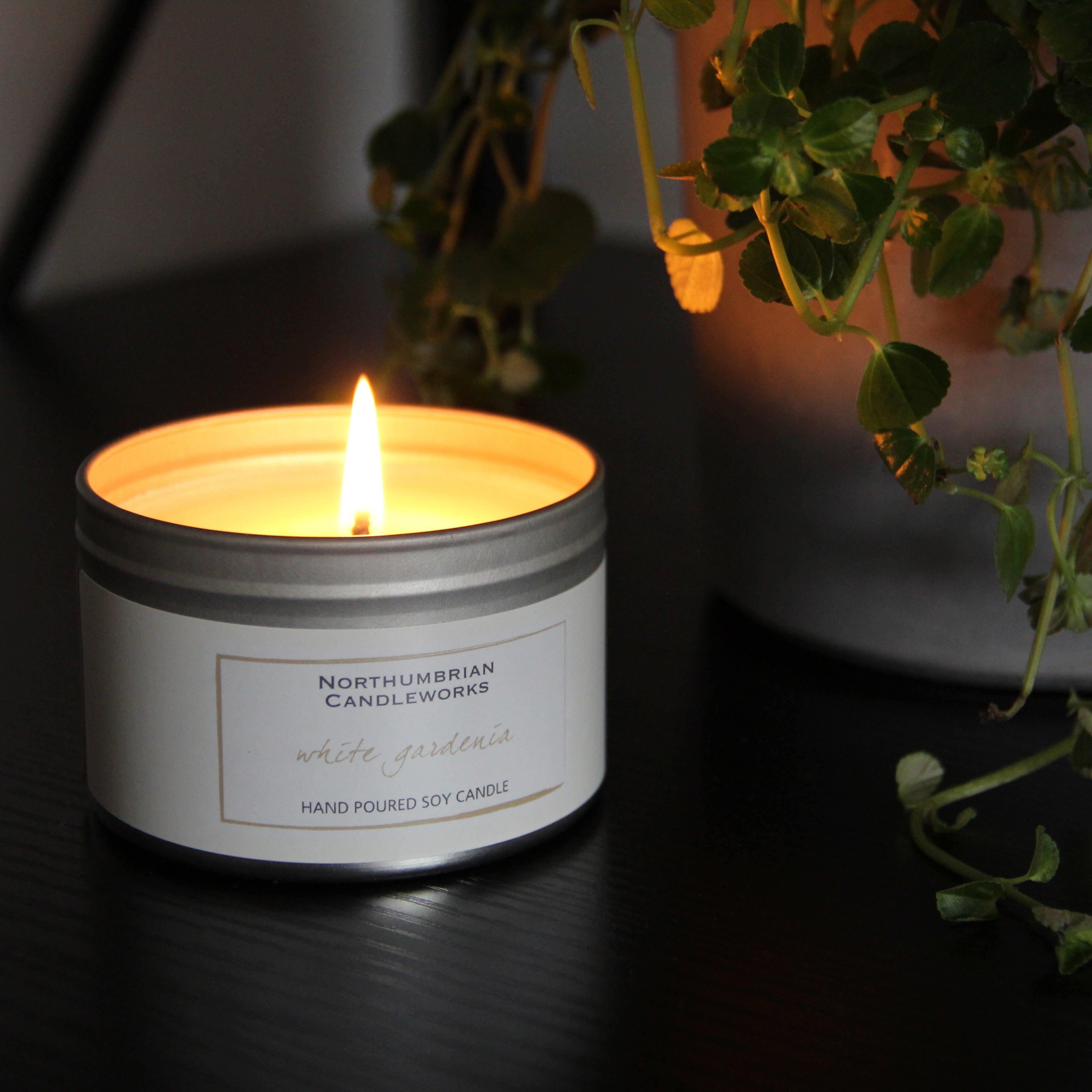Discover the Magic of Crystal Soy Candles and Home Fragrance
Discover the Magic of Crystal Soy Candles and Home Fragrance
Blog Article
From Wick to Wax: Comprehending the Chemistry Behind Soy Wax Candles and Their Environmental Impact
As we illuminate our spaces with the warm glow of candle lights, there lies a world of complex chemistry behind the relatively straightforward act of lighting a soy wax candle light. The choice in between soy and paraffin wax expands past simple looks, delving right into the world of environmental effect and the extremely composition of the products. Comprehending the molecular framework of soy wax and its burning process clarifies the exhausts released right into our surroundings. Join us as we unravel the clinical ins and outs behind soy wax candles and discover their ramifications on our environment.
Soy Wax Vs. Paraffin Wax
When comparing soy wax and paraffin wax for candle light making, it is vital to recognize the distinctive attributes and advantages of each material. Soy wax is an all-natural, renewable energy stemmed from soybean oil, making it eco-friendly and biodegradable - soy candles. In contrast, paraffin wax is a by-product of oil refining, which raises problems about its ecological effect and sustainability
Soy wax candles shed cleaner and give off less soot compared to paraffin wax candle lights, making them a much healthier option for indoor air top quality. Additionally, soy wax has a lower melting factor, enabling a longer-lasting candle that distributes scent better. Paraffin wax, on the other hand, tends to shed faster and much less easily, potentially launching unsafe chemicals right into the air.
From a sustainability perspective, soy wax is preferred for its biodegradability and renewable sourcing, aligning with the growing consumer preference for environmentally conscious products. While paraffin wax has been a conventional option in candle making as a result of its affordability and convenience of usage, the change towards eco-friendly alternatives like soy wax is gaining momentum in the industry.
Chemical Structure of Soy Wax

Combustion Process in Soy Candles
The chemical structure of soy wax straight influences the burning procedure in soy candle lights, affecting aspects such as burn time, scent launch, this page and ecological influence. When a soy candle is lit, the warm from the flame thaws the wax near the wick.
The combustion performance of soy candle lights is affected by the purity of the soy wax and the quality of the wick. Furthermore, soy wax candles have a lower environmental influence compared to paraffin candle lights due to their naturally degradable and sustainable nature.

Ecological Advantages of Soy Wax

Taken into consideration a lasting alternative to traditional paraffin wax, soy wax uses significant ecological advantages that make it a popular option amongst eco-conscious customers. Soy wax burns cleaner and produces much less soot than paraffin wax, contributing to much better indoor air top quality and reducing the demand for cleansing and upkeep. In general, the environmental benefits of soy wax align with the expanding need for green and Home Page lasting products in the market.
Recycling and Disposal Factors To Consider
Reusing and correct disposal of soy wax candle lights play a critical role in maintaining ecological sustainability and reducing waste in homes and communities. When it comes to reusing soy wax candle lights, the first step is to guarantee that the candle light has actually shed completely.

In terms of disposal, if recycling is not an option, soy wax candles are naturally degradable and can be safely disposed of in most family waste systems. It is constantly recommended to examine with regional recycling centers or waste management services for specific standards on candle light disposal to ensure appropriate handling and environmental defense.
Verdict
To conclude, the chemistry behind soy wax candles discloses their ecological advantages over paraffin wax candle lights. Soy wax, stemmed from soybean oil, burns cleaner and generates less soot when compared from this source to paraffin wax. The combustion procedure in soy candle lights is a lot more reliable, causing a longer and a lot more also shed. In addition, soy wax is sustainable and eco-friendly, making it a much more sustainable selection for candle production. Reusing and correct disposal of soy wax candle lights better contribute to their environmental influence.
When contrasting soy wax and paraffin wax for candle production, it is important to understand the distinct qualities and advantages of each product (soy wax candles).Soy wax candle lights melt cleaner and give off less soot contrasted to paraffin wax candles, making them a much healthier option for interior air top quality.Thought about a sustainable option to traditional paraffin wax, soy wax supplies notable environmental advantages that make it a preferred option among eco-conscious consumers. Soy wax burns cleaner and produces much less residue than paraffin wax, adding to better indoor air quality and minimizing the requirement for cleansing and upkeep.In final thought, the chemistry behind soy wax candles exposes their ecological advantages over paraffin wax candles
Report this page